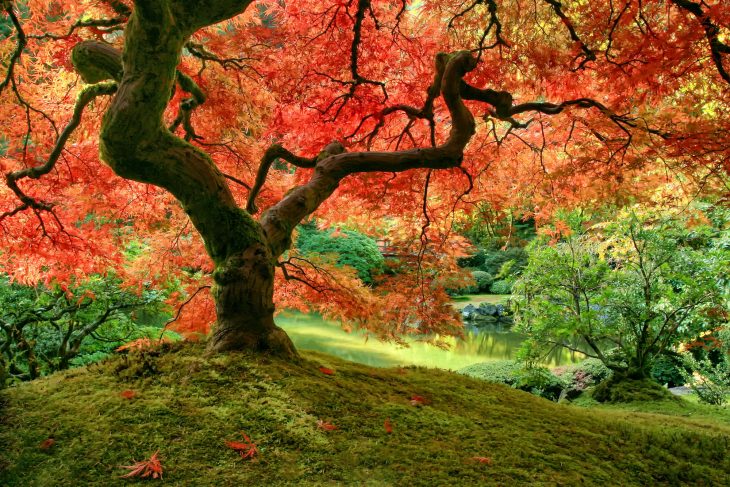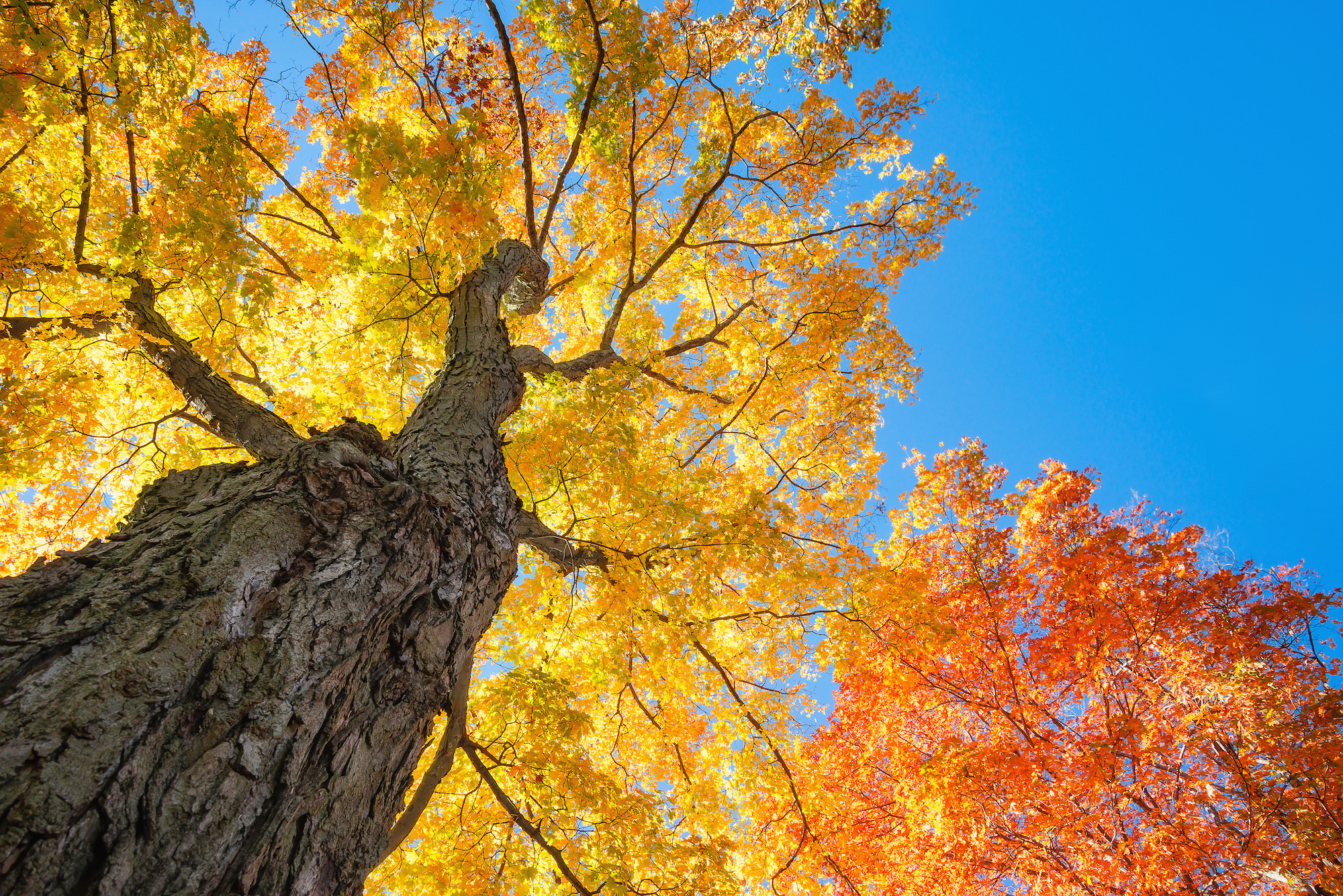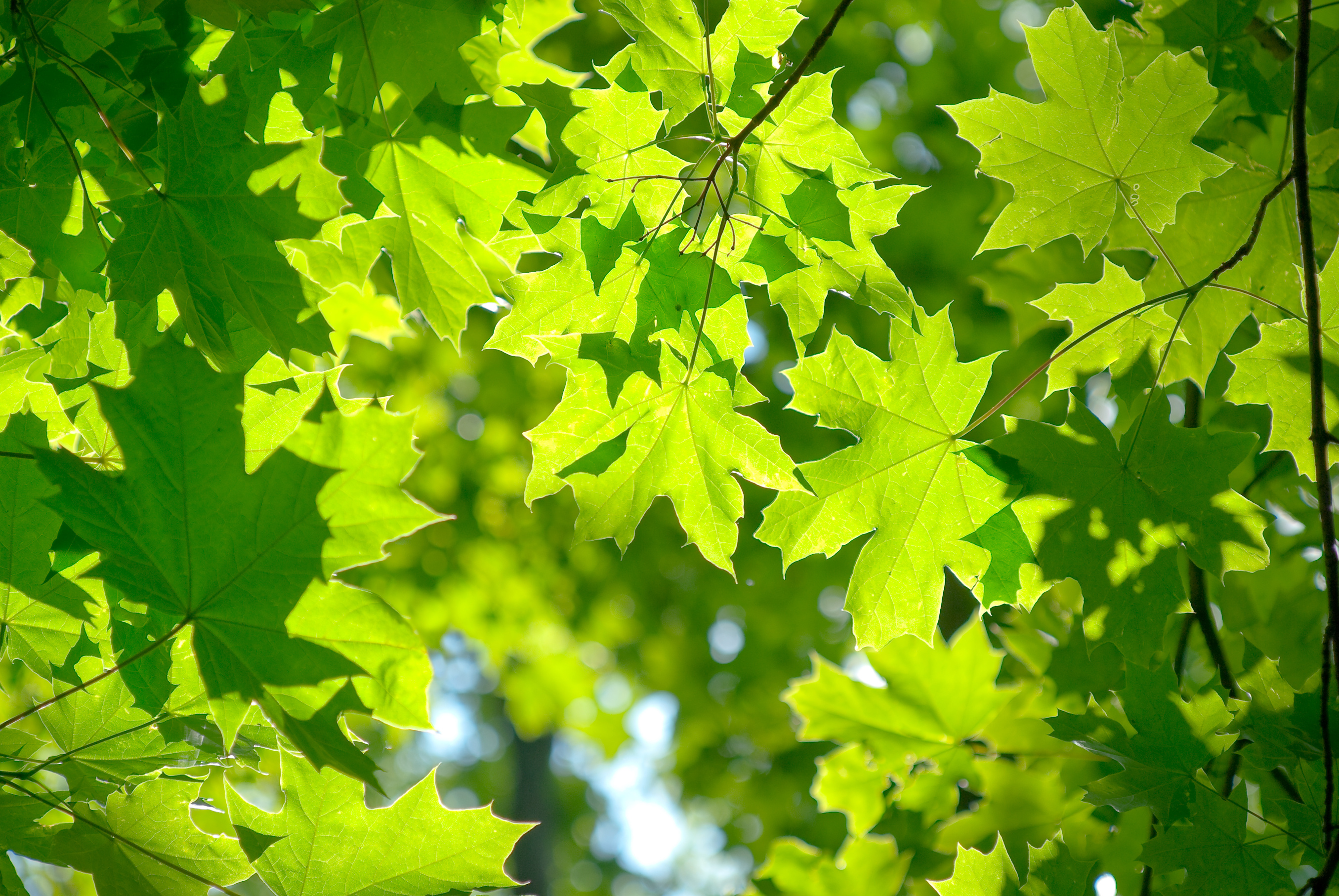
Maple trees have long captivated our imaginations with their stunning beauty and invaluable contributions to the environment. Whether you’re a nature enthusiast, a gardening aficionado, or simply appreciate the majesty of the great outdoors, delving into the realm of maple trees will surely spark your curiosity. In this article, we’ll uncover 18 intriguing facts about maple trees, shedding light on their rich history, unique characteristics, and the essential role they play in our lives.
A Touch of History
Maple trees have a rich cultural and historical significance, particularly in North America. Native Americans were the first to discover the many uses of maple sap, which they collected and boiled down to produce sweet maple syrup. The practice was later adopted by European settlers, becoming an integral part of North American culinary traditions.
The Maple Family
Maples belong to the botanical family Aceraceae, which includes approximately 128 species. These species can be found in various parts of the world, including North America, Europe, Asia, and North Africa. The most common species in North America are the sugar maple (Acer saccharum) and the red maple (Acer rubrum).
Splendid Autumn Colors
Maple trees are renowned for their vibrant fall foliage. As the days grow shorter and temperatures drop, the leaves undergo a breathtaking transformation, turning shades of fiery red, brilliant orange, and warm yellow. This natural phenomenon draws visitors from far and wide to witness the awe-inspiring beauty of maple tree canopies ablaze with color.
Symbol of Canada
The maple leaf holds a special place in Canadian culture and serves as the iconic symbol of the country. The adoption of the maple leaf as Canada‘s national emblem is rooted in its historical and cultural significance. The maple tree represents the country’s natural beauty, resilience, and unity.
A Life Span Worth Noting
Maple trees are renowned for their longevity. While the average lifespan of a maple tree varies depending on the species and environmental factors, many maple trees can live for several decades and even exceed 100 years. Some exceptionally old maple trees have been recorded to be over 300 years old, standing as silent witnesses to generations past.
Environmental Benefits
Maple trees are essential contributors to a healthy ecosystem. Their expansive canopies provide shade, reducing energy consumption during hot summer months. Moreover, they act as natural air purifiers, absorbing pollutants and releasing clean oxygen into the atmosphere. Maple trees also serve as vital habitats for a variety of wildlife, supporting biodiversity and creating a balanced ecosystem.

Maple Syrup Production
Maple syrup, often hailed as “liquid gold,” is one of nature’s sweetest gifts. Extracted from maple trees during early spring, the sap is collected and carefully boiled down to remove excess water, resulting in the luscious, golden syrup. It takes approximately 40 liters (10 gallons) of sap to produce just one liter (one quart) of maple syrup, making it a labor-intensive and cherished natural product.
Maple Wood: Strong and Versatile
Maple wood is highly valued for its strength, durability, and attractive grain patterns. It is commonly used in the production of furniture, flooring, cabinetry, and musical instruments. The hard, dense nature of maple wood ensures that items made from it can withstand the test of time, while its light color and smooth texture lend an elegant touch to any space.
Maple Leaves: The Emblematic Shape
The distinctive shape of maple leaves has become instantly recognizable. These leaves typically have three to five lobes with serrated edges, although some species may have more or fewer lobes. The iconic maple leaf design has been incorporated into various national flags, emblems, and logos, symbolizing unity, strength, and natural beauty.
Maple Trees and Wildlife
Maple trees provide a vital source of sustenance for many animals. In spring, their flowers offer nectar to bees, butterflies, and other pollinators, supporting the intricate web of life. During fall, when other food sources become scarce, the seeds and fruits of maple trees serve as nourishment for birds, squirrels, and other woodland creatures.
Maple Sap: Nature’s Energy Drink
Maple sap is not only the raw material for maple syrup; it also possesses rejuvenating properties. Packed with minerals, antioxidants, and electrolytes, maple sap has been consumed for centuries as a natural energy drink. Some people even refer to it as “tree water” due to its refreshing and hydrating qualities.
Maple Trees and Climate Change
Maple trees are susceptible to the impacts of climate change. Rising temperatures and unpredictable weather patterns can disrupt the delicate balance required for maple tree growth and sap production. It is crucial to understand and address these challenges to ensure the preservation of maple forests and their vital role in the environment.

The Evolution of Maple Seeds
Maple seeds, commonly known as “helicopters” or “whirlybirds,” have a fascinating adaptation for dispersal. Each seed is equipped with a pair of wings that spin like a propeller when released from the tree, allowing them to travel long distances in the wind. This ingenious design aids in the distribution of maple trees across different landscapes.
Medicinal Potential of Maple Products
Beyond their delectable taste, maple syrup and other maple-derived products may offer health benefits. Studies have suggested that maple syrup contains antioxidants and anti-inflammatory compounds that could potentially have positive effects on human health. While further research is needed, these findings provide an intriguing glimpse into the medicinal potential of maple.
Maple Trees in Literature and Art
Maple trees have long been a muse for artists, poets, and writers. Their captivating beauty and symbolic significance have inspired countless works of literature, paintings, and songs. From ancient myths to modern-day masterpieces, maple trees continue to evoke a sense of wonder and provide a timeless source of inspiration for creative minds.
Majestic Maple Varieties
The world of maple trees encompasses a stunning array of varieties, each with its unique characteristics and charm. Some noteworthy species include the paperbark maple (Acer griseum) with its striking cinnamon-colored bark, the Japanese maple (Acer palmatum) celebrated for its delicate foliage, and the bigleaf maple (Acer macrophyllum) known for its sizable leaves.
Celebrating Maple Festivals
Maple festivals are popular events that celebrate the sweet harvest and the cultural heritage associated with maple syrup production. These festivals offer visitors an opportunity to indulge in maple-inspired delicacies, witness traditional sap-collecting techniques, and immerse themselves in the festive atmosphere filled with music, crafts, and maple-themed activities.
The Enduring Magic of Maple Trees
Maple trees have an enduring magic that captivates the hearts of nature lovers worldwide. From their remarkable resilience and stunning autumn displays to their vital ecological contributions and cultural significance, these majestic trees remind us of the enchanting wonders that can be found in our natural surroundings. By understanding and appreciating the beauty and significance of maple trees, we can foster a deeper connection with the world around us.
Conclusion
As we conclude our exploration of maple tree facts, we hope you’ve gained a newfound appreciation for these timeless beauties. Their significance in various aspects of our lives, from culinary traditions to ecological balance, is truly remarkable. So, the next time you come across a maple tree, take a moment to admire its graceful branches and the intricate patterns of its leaves. The story of maple trees is one of nature’s greatest treasures, waiting to be discovered and celebrated by all who seek the wonders of the natural world.
Was this page helpful?
Our commitment to delivering trustworthy and engaging content is at the heart of what we do. Each fact on our site is contributed by real users like you, bringing a wealth of diverse insights and information. To ensure the highest standards of accuracy and reliability, our dedicated editors meticulously review each submission. This process guarantees that the facts we share are not only fascinating but also credible. Trust in our commitment to quality and authenticity as you explore and learn with us.


